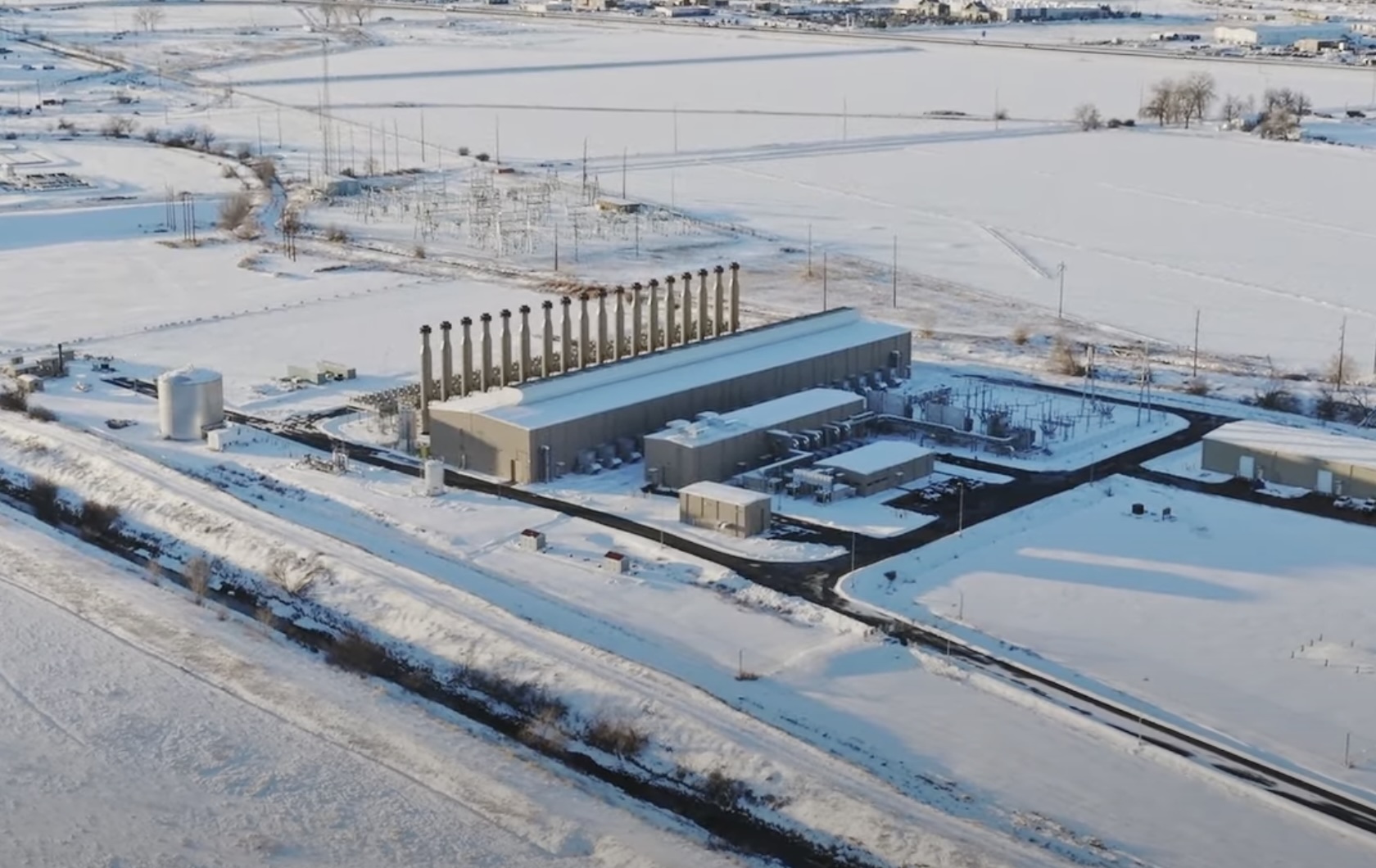LAUREL — The Yellowstone County Generation Station, also known as the Laurel Generating Station, has weathered another legal challenge, with the Montana Department of Environmental Quality releasing its final supplemental environmental assessment that addresses concerns raised by environmental groups in ongoing litigation.
The 175-megawatt natural gas facility, which began commercial operations on March 7, 2024, continues generating power for Montana’s electrical grid despite years of sustained opposition from climate activist organizations, including the Northern Plains Resource Council.
Facility survives court challenge
The completed supplemental review stems from a 2021 lawsuit by environmental groups who challenged DEQ’s initial environmental assessment under the Montana Environmental Policy Act. The plaintiffs argued the original assessment inadequately addressed pipeline impacts, water quality, light pollution, noise, and cumulative effects from sulfur dioxide and greenhouse gas emissions.
A Montana State District Court initially ruled in April 2023 that DEQ had inadequately addressed greenhouse gas impacts and vacated the facility’s air permit. However, the Montana Supreme Court reinstated the permit on January 3, 2025, while directing DEQ to conduct the supplemental environmental assessment.
The Supreme Court’s decision to reinstate the permit represented a significant legal victory for the facility, allowing it to continue operations that had begun in March 2024 despite the temporary permit revocation. The ruling effectively validated the plant’s operations during a critical period when Montana’s energy grid relied on the facility’s 175-megawatt capacity, particularly during extreme weather events when renewable sources proved insufficient.
Multiple legal fronts
The environmental assessment represents just one battleground in sustained opposition to the facility. Environmental groups continue pursuing separate litigation challenging the zoning and permitting processes used to approve the plant’s construction.
The Northern Plains Resource Council, a Billings nonprofit and key opponent of the facility, reported $3.28 million in gross receipts in its 2023 Form 990 filing, with over $1 million dedicated to salaries and wages, illustrating the significant resources deployed in opposition efforts. The organization also maintains net assets of nearly $6 million as of 2023.
Despite these challenges, the Laurel facility has maintained operations and continues serving Montana customers.
Critical energy infrastructure
The plant provides on-demand power to support the variability of wind and solar resources during extended periods of peak demand. Project officials emphasize the facility’s role in grid reliability during extreme weather events when renewable sources may not be available.
“This is supposed to start up very quickly in less than eight seconds, and the reason is because there are days the wind just doesn’t blow,” Project Manager Joshua Follman told KTVQ in July.
The facility generates an estimated $4.25 million annually in property taxes for Yellowstone County and employs 10 full-time skilled workers. According to a Montana Taxpayers Association analysis, the tax revenue will be distributed across county services, local schools, and state programs, with school districts benefiting from decreased mill levies for other taxpayers due to the large new addition to the tax base.
Regulatory compliance confirmed
DEQ’s final supplemental assessment examined lighting impacts and greenhouse gas emissions as directed by the courts. The agency quantified the facility’s greenhouse gas emissions at approximately 771,706 metric tons of CO₂ equivalent per year but concluded the impacts are “small relative to global GHG levels” and “highly speculative” in terms of measurable local effects.
For lighting concerns, DEQ determined that with proper mitigation measures including automatic, downward-facing LED lighting with motion sensors, visual and environmental effects will be minimal.
Significantly, DEQ fulfilled the court mandate without requiring a full Environmental Impact Statement, representing another regulatory victory for the facility. The agency made no mention of decommissioning or plant closure, suggesting it found no legal grounds for revoking the permit following the detailed review.
The agency posted a draft version for public comment and addressed all submitted comments in the final document. The completed assessment and associated materials are available through DEQ’s website.
While this environmental challenge has been resolved, other litigation regarding the facility’s approval process remains ongoing, as opponents continue efforts to halt operations at the plant that serves as a key component of Montana’s energy infrastructure.
